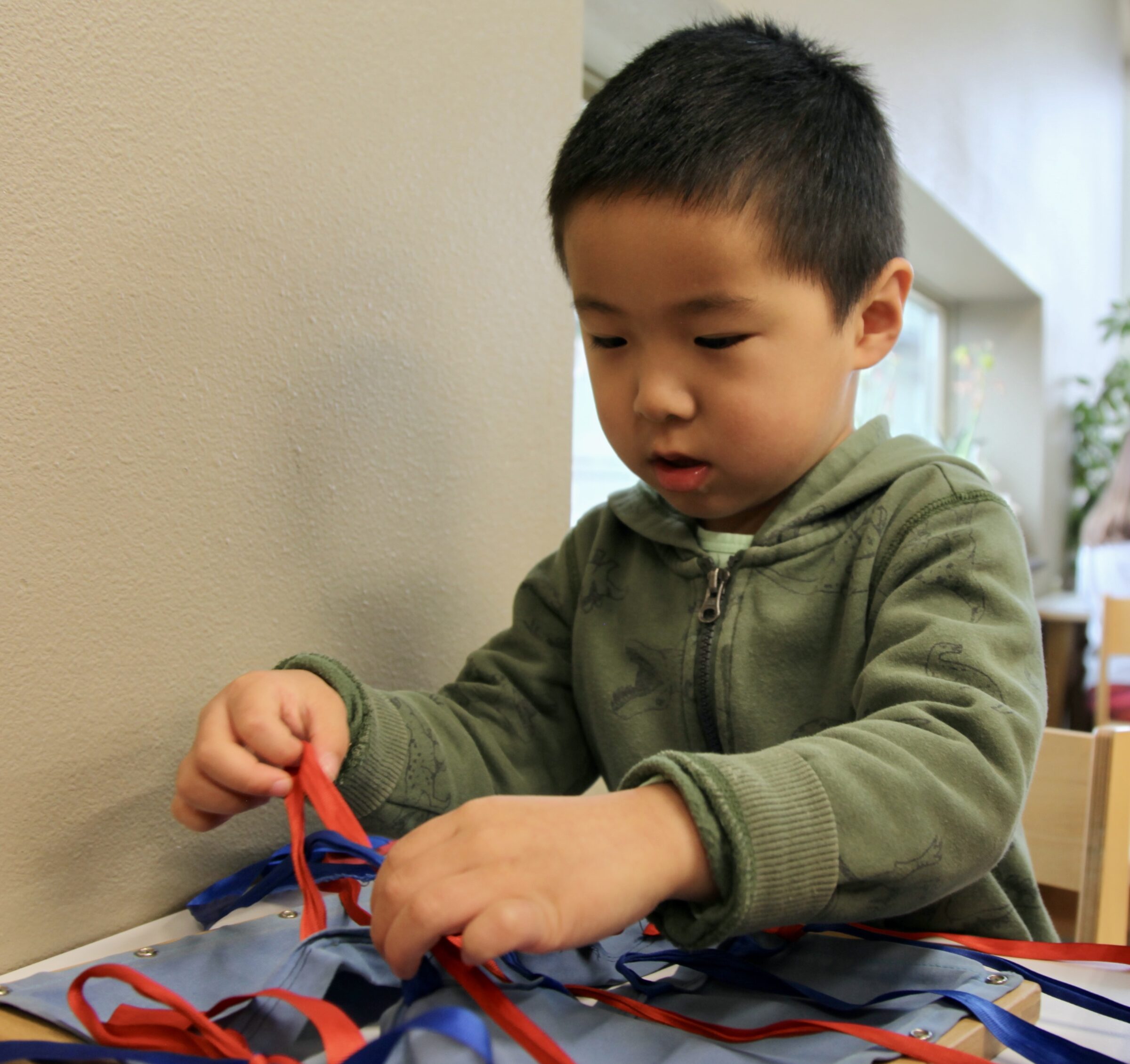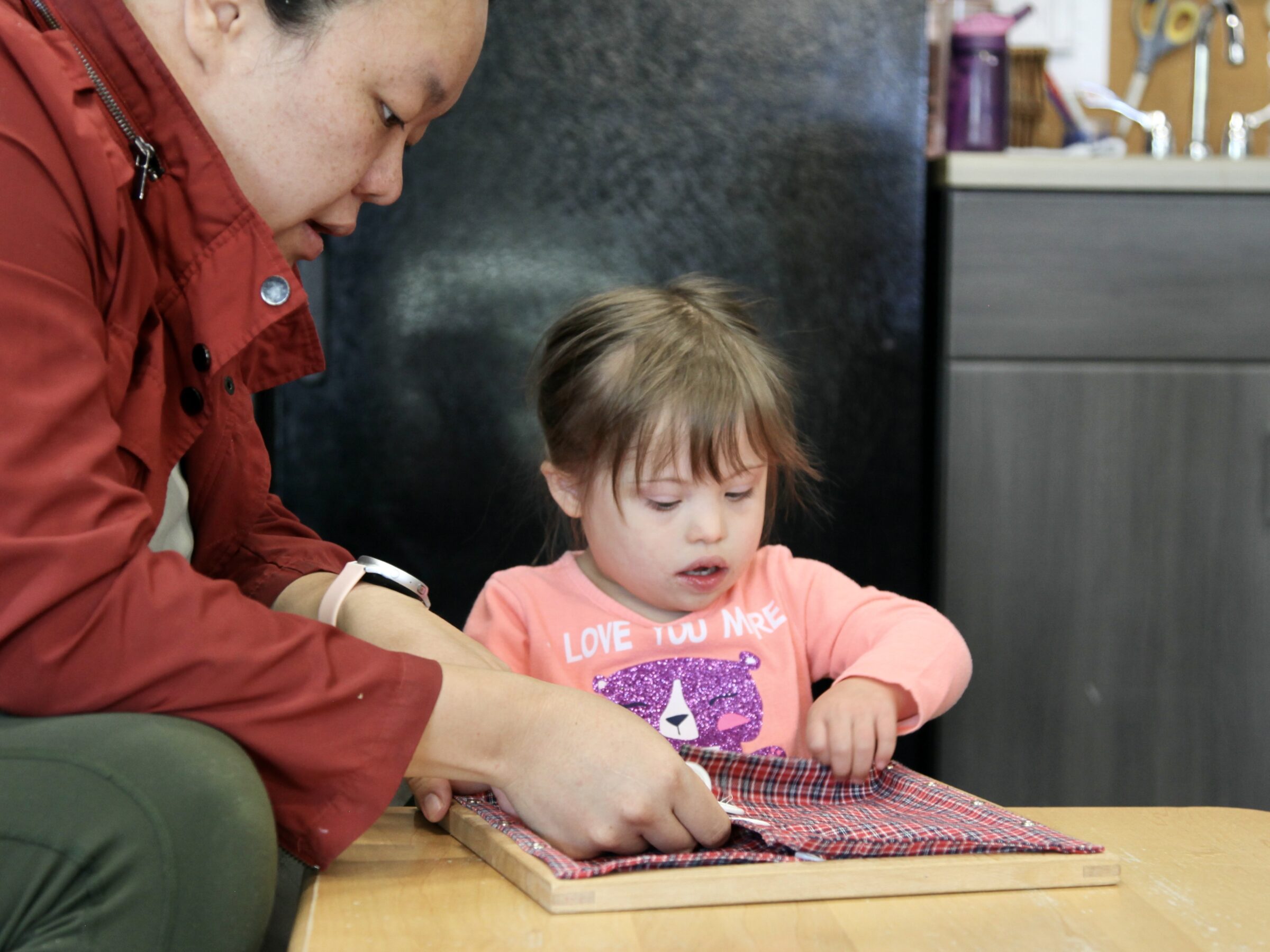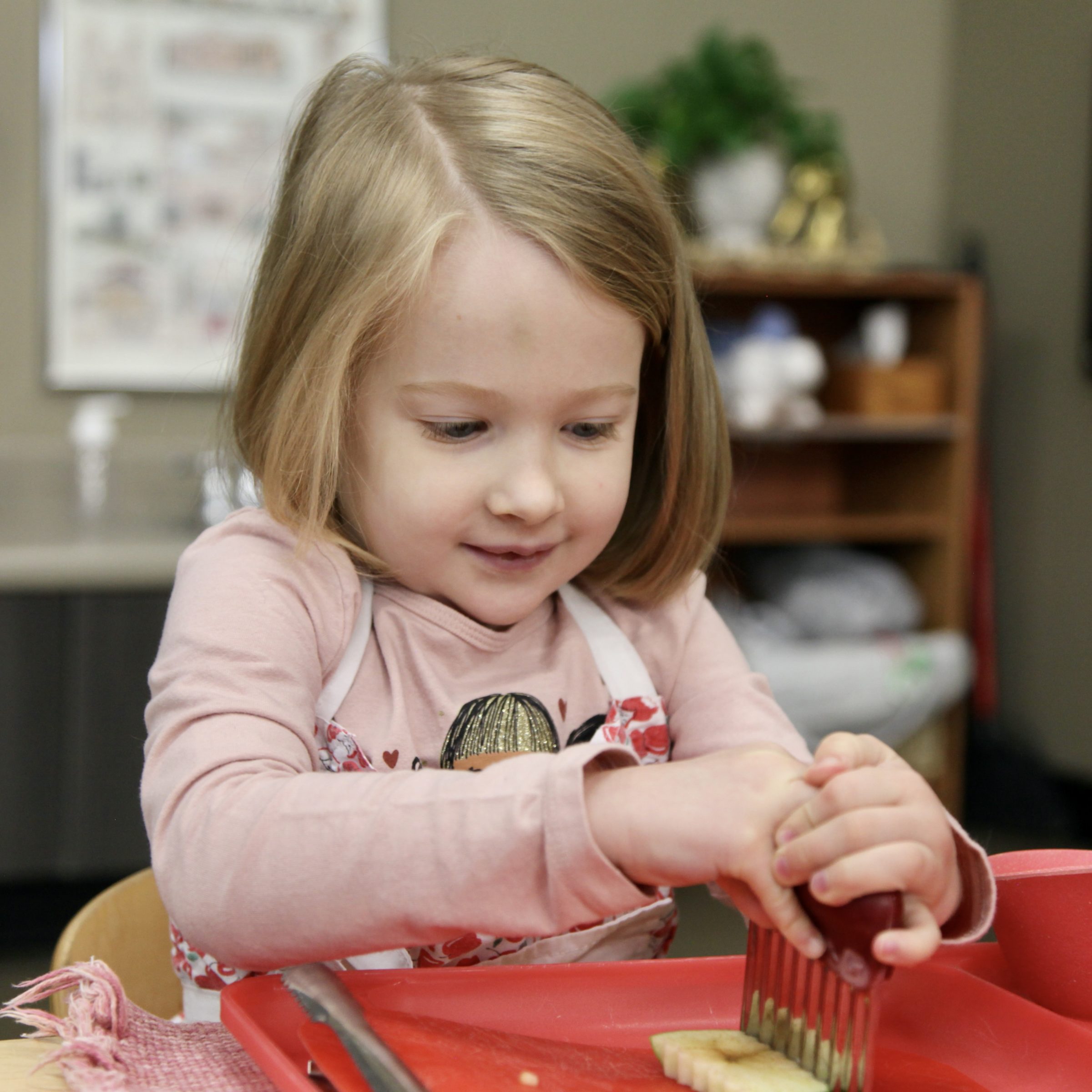Dressing for Success
Podcasts
For a podcast of this post, scroll to the bottom of this page or subscribe on iTunes.
Children’s clothes, puppies, anything with a gnome on it. A list of things that are unanimously considered cute. It doesn’t really matter if you have or even want to have a child, those baby socks, hoodies for three year olds, and dinosaur tees are just too much. There’s a reason it’s a booming industry — it’s charming and fun, and we want to adorn our most precious people in adorable garb.
Babies tend to not mind being dressed up. Suspenders and overalls aren’t necessarily practical for a six week old, but pair those with a dapper cap and that family holiday card is definitely going to be on the fridge long after the holidays have been forgotten.
When children are very young, and need help with, well, everything, and we’re the ones who get to make the decisions, we can go for cute, impractical, fun, or even silly slogans. A plain white onesie goes on just as easily (or with just as much challenge, depending on the child) as a fun one with owls wearing glasses, so it’s natural for adults to pick their favorites — favorite colors for their child, an outfit that was a gift, or charmingly impractical but endlessly cute options.
Then, children come to an age when they’re playing more of a role in their dressing and undressing. As a child works on toileting, those suspenders still are wonderful, though tend to create more “missed opportunities” than successes when trying to stay dry.
We don’t have to only pick boring or ugly clothes in order to help children be successful. Helping children be successful is also helping ourselves, since it leads to feelings of accomplishment, pride, and self-expression.

As children develop the muscles and coordination used for walking, they’re also able to begin helping dress themselves. This is a nice time to examine a child’s clothing and ensure the choices available to them set them up for success.
Pull-on pants, such as leggings and sweatpants, or knit shorts in the warmer months, are useful as children begin to pull their own pants on. Anything with an elastic waist, and especially stretchy, knit fabric, is typically a good bet.
While onesies are cozy, especially in winter, they pose quite a challenge when a child is helping with the dressing process. It’s a time when a child either needs to ask for help or then doesn’t fasten their onesie after changing, neither of which is ideal for independence. If you’re concerned about your child getting cold, requiring long sleeves during certain months is very reasonable.
There are times of year when certain clothing isn’t an option, and each family’s decision-making around these choices is as unique as the family itself. Maybe it’s between October and February, or maybe from September through May, or maybe it’s when the weather report shows a certain temperature you’ve decided is the threshold. It’s helpful to spend some time deciding what those rules are going to be and how you’re going to enforce them for a child.
If your rule is “certain months of the year require long pants and close-toed shoes,” make a plan and space to remove the unavailable clothing, maybe in a tub under the bed or in the garage. If your rule is temperature- or other report-based, such as requiring a hat when the UV index is above a certain level, it can be helpful to work checking the weather into your morning or evening routine.
“Helping children be successful is also helping ourselves, since it leads to feelings of accomplishment, pride, and self-expression.”
Even very young children can help to dress themselves, and often demonstrate a sense of pride and accomplishment when they do so. Making a space for a child to get themselves dressed independently, such as a drawer with shirts and another with bottoms for a child to pick from, can help children be successful and feel empowered.
As children begin to find some agency in dressing themselves, it’s also natural for preferences to develop and to be voiced. This can be a bit challenging, especially since for the first year or even more, a child was contented to have this decision made for them. How do we offer choice while still setting limits?
An important first step for each family is to decide what those limits are going to be. Is it vital that your child wear both parts of a matching outfit together, or just to be able to tell you why these are “go togethers,” or as long as it’s weather-appropriate it’s fine? Some of us have favorite colors, is it acceptable to only purchase and wear items in the favorite color? In your family, are character shirts okay, or do you prefer to only wear organic cotton in plain colors?
Some families find a lot of ease in purchasing a number of identical or similar bottoms and tops for a child to pick and choose from. Some families have a high level of comfort with a child wearing all the colors all at once, feeling that more color is always better. Some families insist on long sleeves, long pants, and socks and shoes during the colder months, while others feel that wearing a tank top inside during the winter will be a safe and fine learning experience for their child.

Whatever your family decides is fine, as long as it aligns with your family’s values, and you feel comfortable upholding this agreement until a new one is made.
A few tips on sizing.
“T” sizes have more room to accommodate toddler proportions. A size 3T shirt would have a larger neck, where size 3T bottoms have more room for a diaper, with a deeper rise (from crotch to waistband) and larger circumference. If your child is out of diapers, or has had a growth spurt and is losing that toddler body, a switch from those “T” sizes to conventional sizes might make a difference. Additionally, if you’re finding it difficult to pull a shirt over a child’s head, try the same numeral size in the “T” sizing.
If your child’s pants can’t seem to stay up, look for two small buttons on the inside of the waistband right above the pockets, or where pockets would be. The buttons fasten to elastic that runs through the back waistband of the pants, and can be pulled tighter and re-buttoned to help stay up. This is particularly helpful with jeans.
There are lots of stressful situations throughout the day, real issues that require problem-solving and brain-power. What a child is wearing shouldn’t be one of them. If getting dressed is an issue, where do solutions naturally emerge?
If the day goes better when your child is wearing some item with red, is there a way to make that work? Do jeans always incite a disagreement, while “soft pants” go on with ease? Have you found satisfaction and dramatically less stress in choosing to wear a sort of uniform or creating a capsule wardrobe, and are there ways to replicate this for your child?
What we wear is a way of self-expression, and getting ourselves dressed is a huge step of independence. Helping children with these skills early on is a gift to them, and de-escalating the stress of getting out the door is a gift to ourselves.
Written by:
Charlotte Snyder




